Imagine weaving inland on foot from one charming coastal village to another, each drenched in history, culture, and that signature Adriatic glow. The Dalmatian Coast village‑hopping trek is an ideal way for global readers—from the USA, UK, Australia, Germany—to explore this stunning region at an easygoing pace. Dalmatian Coast Village‑Hopping Trek – Croatia.
You’ll find coastal footpaths, walled towns, olive groves, hidden beaches, and simple local tavernas along the way. Let’s walk through the essentials you need to plan, enjoy, and remember every step of this unique trek.
Overview: What Is It and Why It Matters
- What: A walking tour combining easy coastal treks and ferry hops between villages and small islands like Brac, Hvar, Korčula, Mljet, and others.
- Where: Along Croatia’s Dalmatian Coast, stretching from Split to Dubrovnik, including islands in between.
- Why It’s Famous: A breathtaking mix of turquoise seas, medieval architecture, coastal trails, and local authenticity. Perfect for combining nature, culture, and relaxation.
Best Time to Visit
- May, June, September: Ideal—pleasant weather, fewer crowds, good ferry schedules.
- July–August: Peak season, bustling towns, warm seas. Great for vibrant culture but expect higher prices and crowded paths.
- April, October: Mild climate, smaller crowds; some ferry routes and services may be limited.
How to Reach the Area
- By Air: Fly into Split, Dubrovnik, or Zadar. Split is a central starting point.
- By Road: Bus networks along the coast connect to coastal towns. Car rental adds flexibility
- By Ferry: Ferries link islands like Brač, Hvar, Korčula, Mljet, and Šolta. Many options from Split or regional towns.
Entry Fees and Permits
- No permits are required for walking between villages.
- National park fees apply if visiting protected areas like Mljet National Park—you may pay small entrance charges.
- Ferry fares vary depending on route and season—budget accordingly.
Food Availability and Meal Options
- Local tavernas (konobas) serve fresh seafood, peka, local cheeses, and olive oil.
- Island towns like Hvar, Korčula, and Vis offer full dining options.
- Village shops sell snacks, water, and basic supplies, though availability may vary.
- Always carry light snacks and water for journey stretches. Dalmatian Coast Village‑Hopping Trek – Croatia.
Packing List and Essentials
- Comfortable walking shoes or sandals suitable for mixed terrain.
- Lightweight daypack, reusable water bottle.
- Sun protection: hat, sunglasses, sunscreen.
- Layers for changing weather: light jacket or rain layer.
- Comfortable clothing for warm coastal days and cooler nights.
- Basic first aid kit, including blister treatments.
- Passport and local currency (kuna or euro, as accepted).
- Sea towel, swimwear for beach stops.
Safety Tips and Local Regulations
- Stick to marked paths and coastal trails—watch for rocky terrain.
- Check ferry times in advance—some lines operate less often off-season.
- Wear sun protection—Adriatic sun can be intense.
- Respect local heritage and natural areas—leave no litter and be considerate of quieter towns.
Tips for Beginners or First-Time Visitors
- Start in Split—its Old Town and Marjan Hill are a gentle warm-up.
- Choose short walking segments between villages, combining trails and ferries for variety.
- Stay flexible—schedule ferry‑hopping with a relaxed pace.
- Familiarize yourself with basic Croatian greetings—good manners go a long way.
- Aim to book accommodations early in high‑demand months.
Local Customs and Cultural Etiquette
- A friendly “Dobar dan” (good day) is always appreciated.
- Respect quiet hours, especially in smaller towns—Croatians value peaceful evenings.
- Flash-free clothing when visiting religious sites—modest dress is respectful.
- Tipping is appreciated, though modest—around 5‑10% in restaurants.
Frequently Asked Questions (FAQs)
How long should the village‑hopping trek last?
- Typically 5 to 10 days, depending on pace and stops.
What is the difficulty level?
- Easy to moderate—suitable for most walkers with basic fitness.
Is there a lot of elevation?
- Coastal trails are generally flat or gently rolling. Dalmatian Coast Village‑Hopping Trek – Croatia.
Are restrooms available along the way?
- Yes. Found in towns, tavernas, and ferry terminals.
Can children join?
- Absolutely. Many village paths are safe and child‑friendly.
Do I need to speak Croatian?
- English is widely spoken in tourist areas, but a few local phrases go far.
Is it safe to swim during the trek?
- Yes. Many beaches along the route are safe for swimming—just select quieter pebble or sandy spots.
Is walking alone safe?
- Yes—Croatia is generally safe and welcoming. Still, share your route and stay reachable.
Conclusion
The Dalmatian Coast village‑hopping trek blends culture, landscapes, and simplicity. With minimal planning, you can wander medieval towns, walk coastal paths, and swim in crystal-clear water—all at a pace that suits you. Dalmatian Coast Village‑Hopping Trek – Croatia.
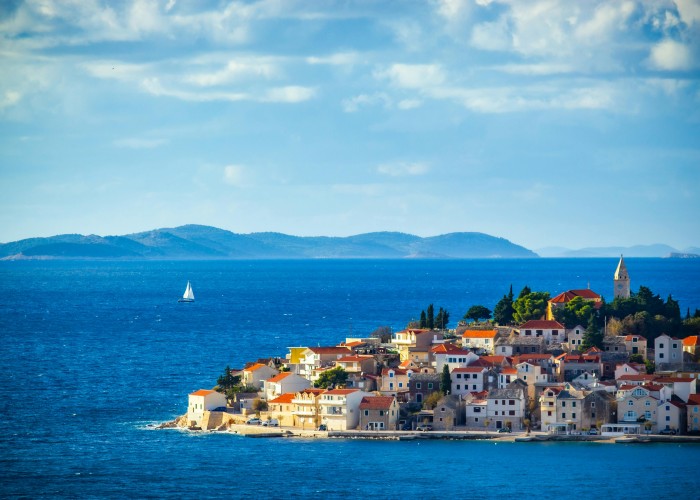
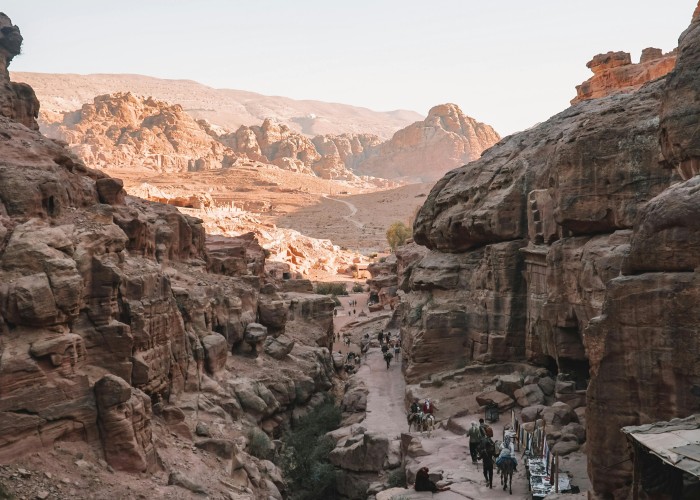
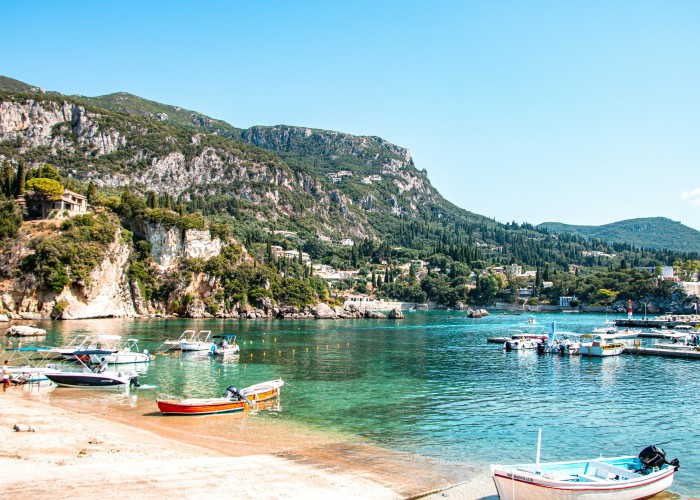
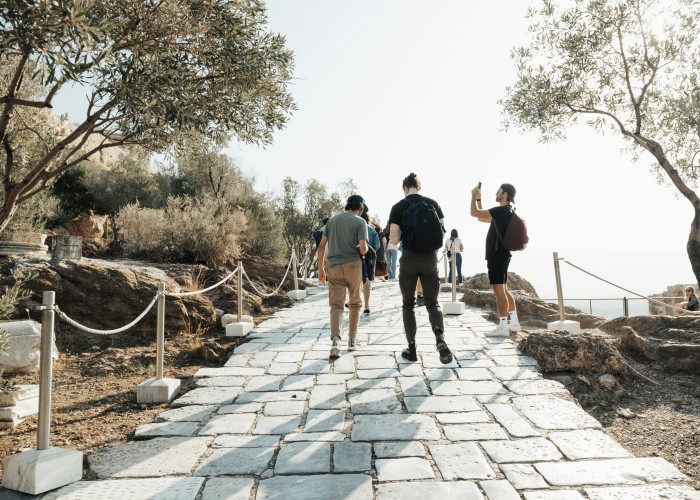

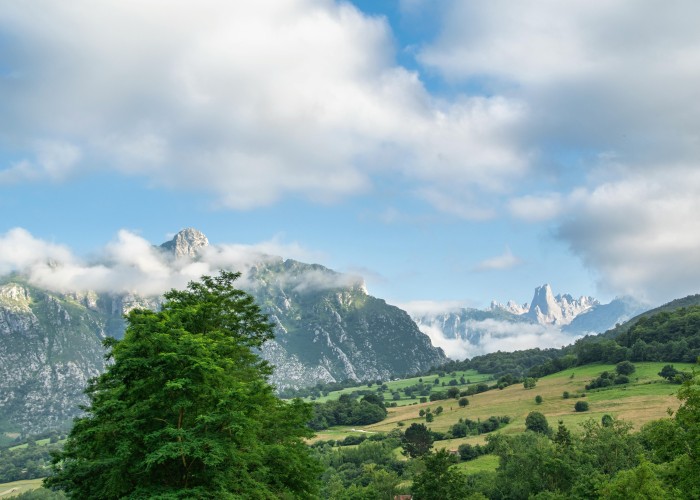
Leave a Reply